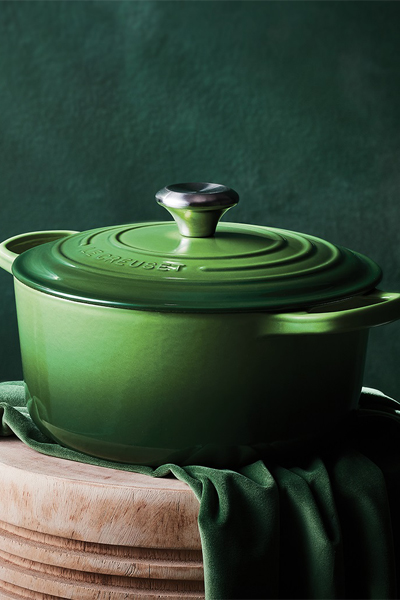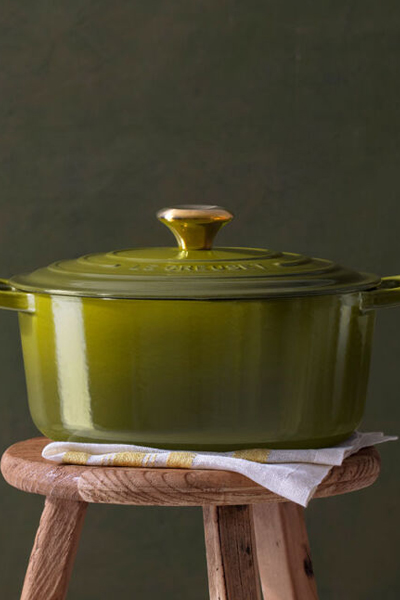6 Signs it's time to replace your pots and pans, according to experts
Don't sacrifice the quality of your meals or the efficiency of cooking by sticking with damaged or outdated pots and pans


Pots and pans are the essential kitchen tools for your culinary creations, however, like any kitchen appliance, these will deteriorate over time. This can impact the quality of your meals, and the ease of cooking. Plus it can even be a safety hazard, which is why it's important to look out for the signs it's time to replace your pots and pans.
The decision to replace your pots and pans is not just a matter of utility and safety
but also a choice that affects the overall aesthetics and functionality of your kitchen.
Our experts have explained the top signs that your pots and pans need replacing. By recognizing when it's time for an upgrade, from performance issues to telltale signs of wear, you can keep your pots and pans organized, and elevate your kitchen.
Signs it's time to replace your pots and pans
Regular maintenance and proper care can extend the lifespan of your pots and pans, however, when you notice these signs they are deteriorating, it's a good indicator that it's time to replace your pots and pans to maintain the quality and safety of your cooking, keeping your kitchen running smoothly and safely. Quality cookware is an investment that can last for many years with proper care.
1. Non-stick coating is worn or peeling

Non-stick pans lose their effectiveness over time. 'If the non-stick coating on your pots and pans is visibly worn, scratched, or peeling, it's time to replace them,' says Hashi Mohamed, president of Ivy Cleans.
When the non-stick surface deteriorates the exposed metal underneath can react with certain foods, plus the coating can end up in your meal, posing a health risk. The exposure of the underlying metal to moisture can also result in rust.
If you're looking for a replacement, you can check out our guide for the best non-stick frying pans.
2. Loose or broken handles
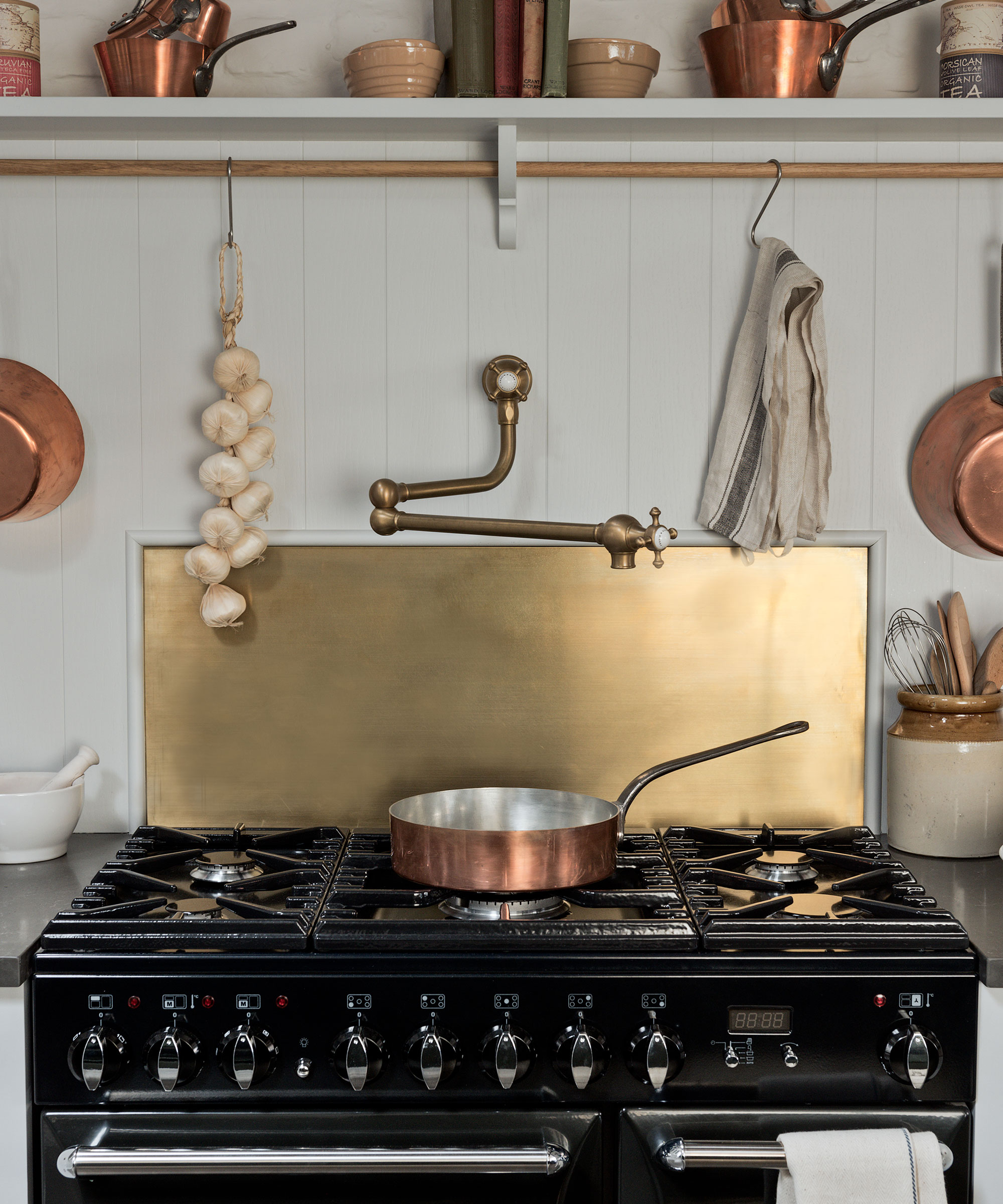
'Beware of any cookware that has loose handles, cracks, and other defects. If these things get worse while you’re cooking, you’ll have a hot, sharp mess on your hands, leading to ruined dinner and potential injuries,' warns Catherine Rall, a registered dietitian at Happy V.
Design expertise in your inbox – from inspiring decorating ideas and beautiful celebrity homes to practical gardening advice and shopping round-ups.
'Loose handles can also let steam escape, which can lower the cooking temperature and affect the texture and flavor of your food,' adds Jacky Chou, principal and director at Archute. 'Broken handles can also create sharp edges that can cut you or damage your countertops or cabinets.
'If you have any pots or pans with loose or broken handles, don't try to fix them yourself. Instead, replace them with new ones that have sturdy and ergonomic handles.'
Inspect your cookware and when it shows signs of wear or damage, and replace it to ensure you can continue preparing delicious and safe meals.
3. Unsuitable cookware
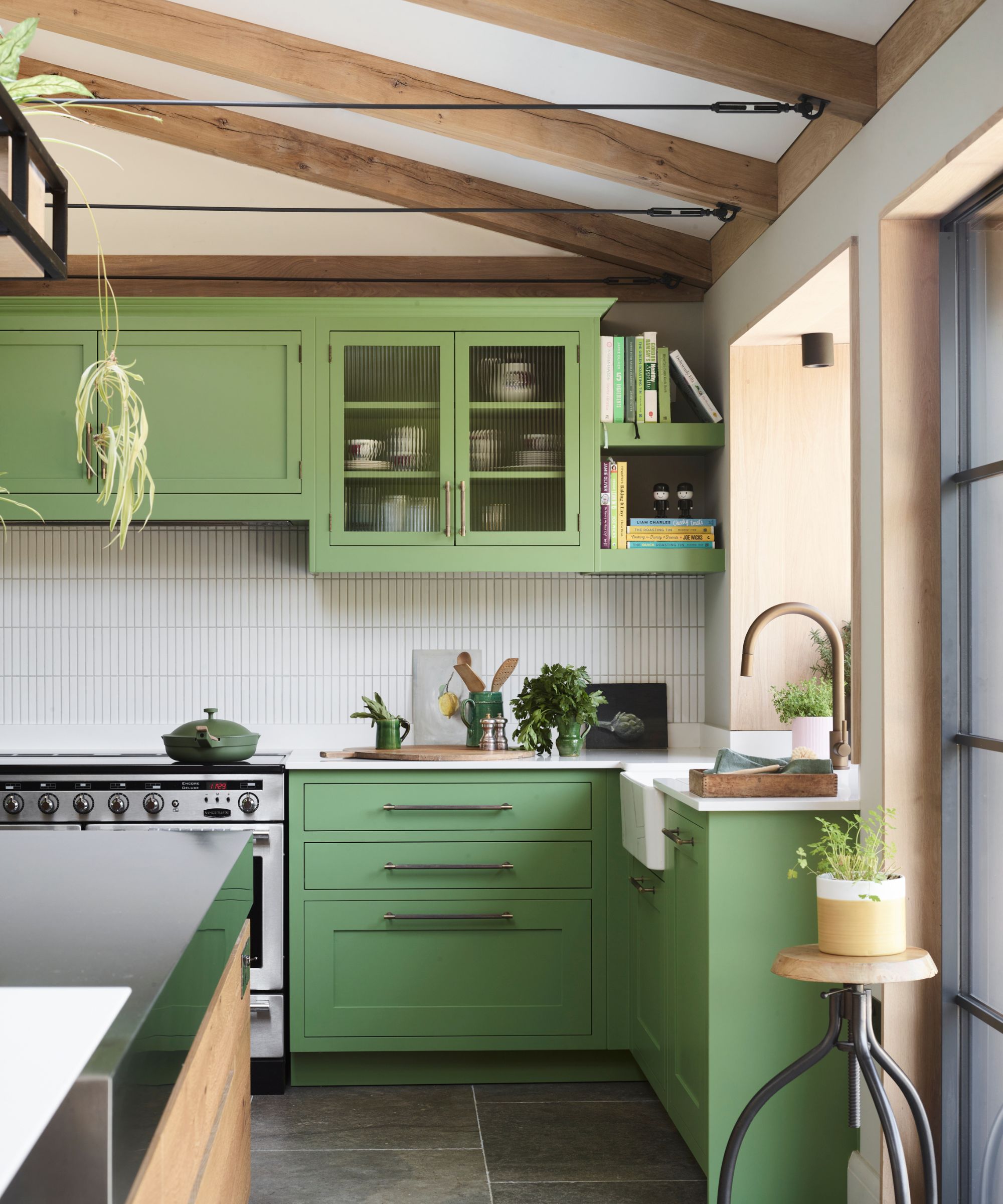
Your pots and pans may also need to be replaced if they simply don't suit your kitchen needs anymore, or if you wish to improve your cooking with updated features.
'Sometimes, your pots and pans don't match your kitchen style or needs,' says Jacky Chou. 'Perhaps you have too many or too few pots and pans for the amount of cooking you do, or you have the wrong sizes or shapes for the dishes you like to make. Or you have pots and pans that are made of materials that don't suit your cooking style, such as nonstick, stainless steel, cast iron, copper, or ceramic.
'If any of these scenarios apply to you, it's time to rethink your cookware collection and get new ones that match your kitchen style and needs.'
Additionally, Angela Rubin comments, 'Styles and technology in cookware have evolved over the years. If your pots and pans are outdated, they might lack modern features that enhance cooking efficiency.
'Upgrading to newer, more advanced cookware can improve your culinary experience.'
4. Visible rust or deep pitting
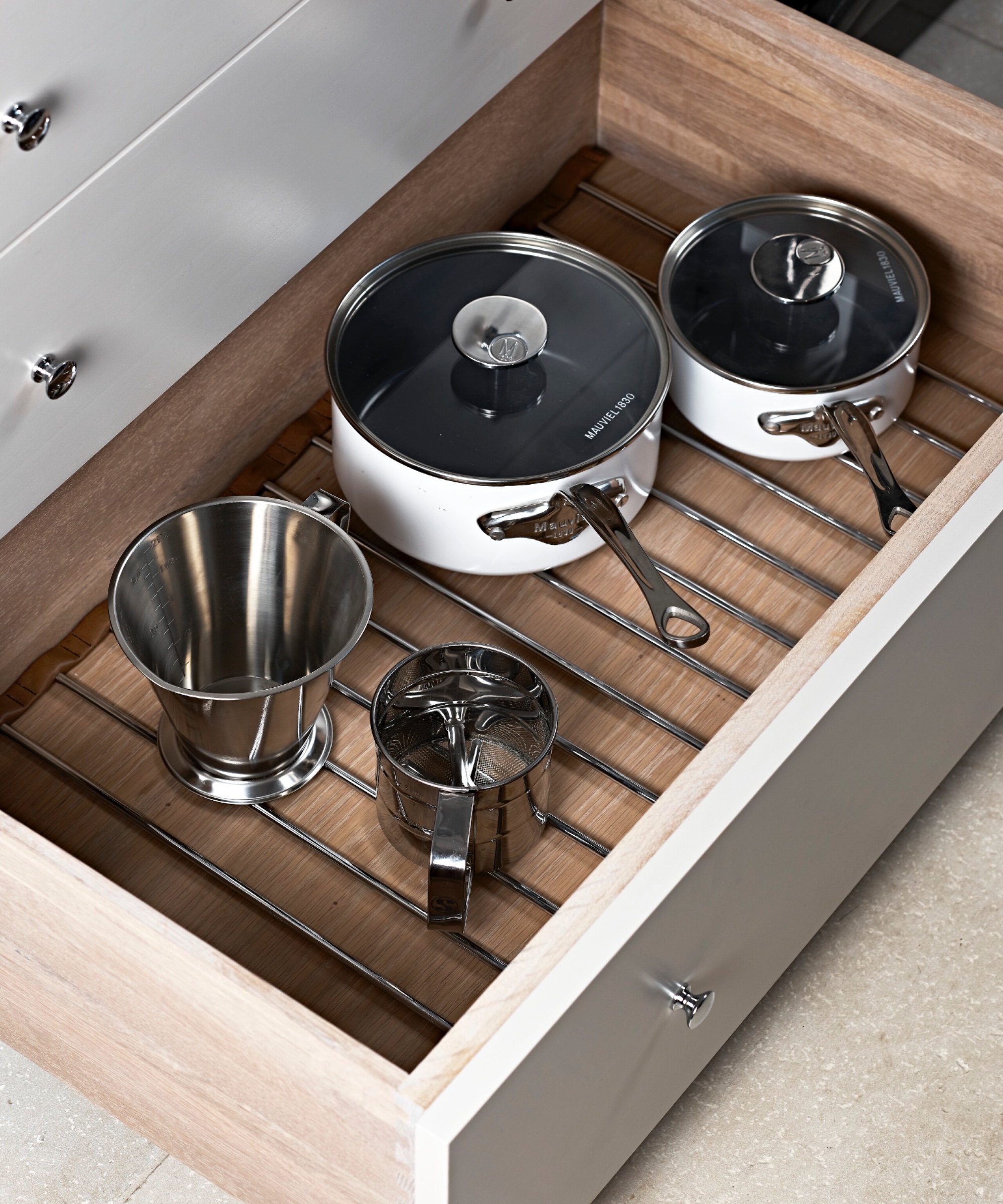
'Rust and deep pitting indicate that your cookware's metal has deteriorated significantly, and it's a clear signal that they need to be replaced,' advises Hashi Mohamed. 'Cooking with rusted cookware can introduce harmful substances into your food, disrupt heat distribution, and the pitting can make cleaning and maintenance more difficult.'
'Skipping the drying step after washing your cookware can invite rust. Some types of water, especially the mineral-rich kind, can trigger rust spots. In non-stick cookware, if the non-stick coating gets scratched or damaged, it can expose the underlying metal to moisture, which can result in rust,' warns Jade Piper, operations manager at Better Cleans.
'So, after washing your cookware, ensure it's completely dry before storing it. For cast iron cookware, season it regularly to create a protective layer that prevents rust from forming. Store your pots and pans in a dry, well-ventilated area.'
However, if rust does develop discard them immediately and consider a replacement.
5. Warped bottoms
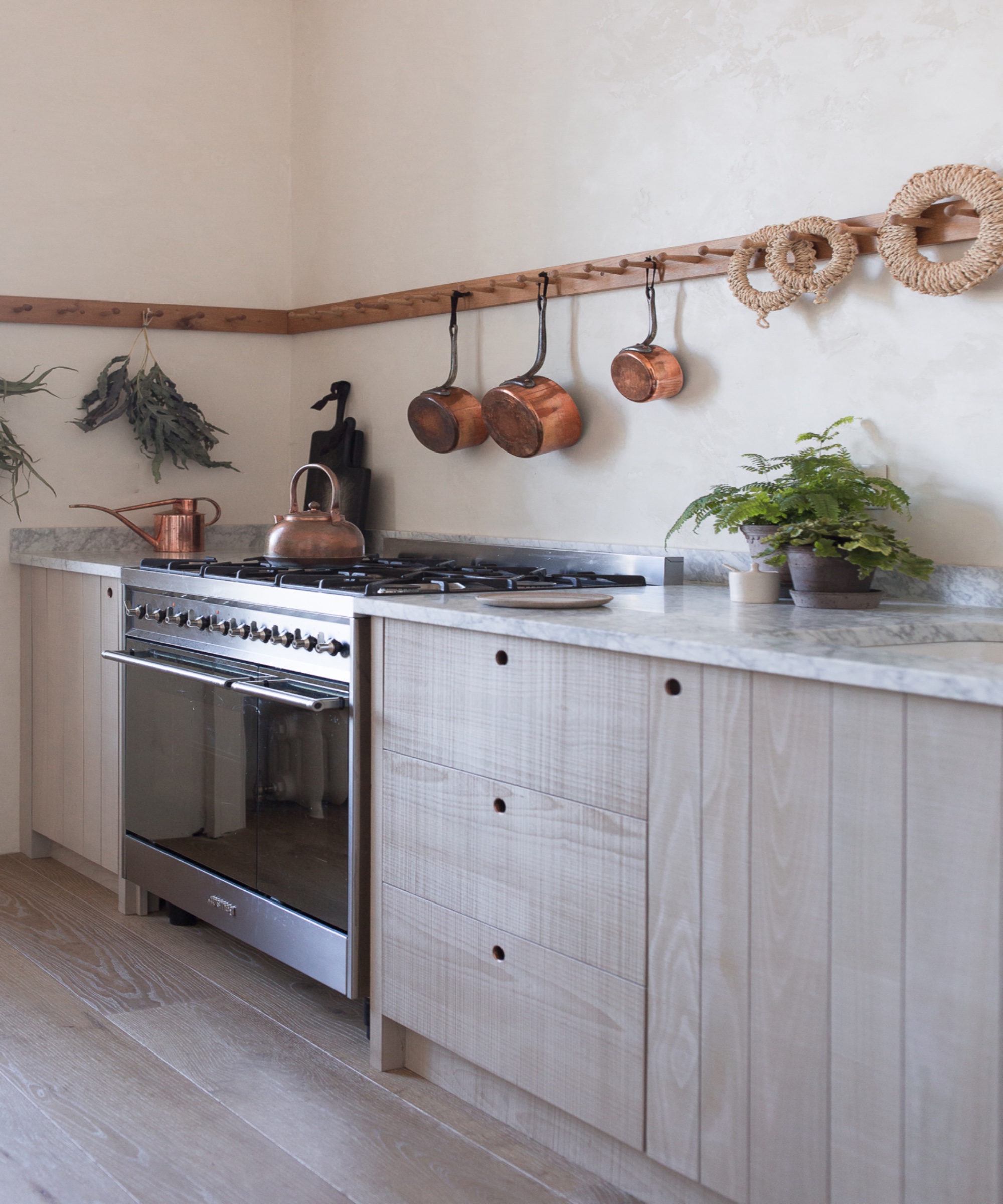
Over time, pots and pans can become warped or develop hot spots. Cast iron and metal pans can deform when it is heated to a high temperature and then cooled quickly.
If the bottom of your pots and pans is no longer flat and has become warped or uneven, it can lead to uneven cooking and hot spots, making the cooking process more challenging.
'Pans with warped or uneven bottoms can wobble on the stovetop, making it difficult to maintain a steady temperature,' explains Angela Rubin, cleaning expert at Hellamaid.
'This results in inconsistent cooking, with some areas of your food burning while others remain undercooked,' warns Hashi Mohamed. If your cookware no longer sits flat on the stovetop or heats unevenly, it's a clear sign that it needs to be replaced.'
6. Poor performance

If you notice that your cookware is taking longer to heat up, is less responsive to changes in temperature, or cooks food unevenly, it might be time to replace them.
FAQs
How can I restore cast iron cookware with rust?
'Even if your cast iron cookware has been poorly maintained and is crusted with rust, you can still restore it with some TLC,' says Catherine Rall, registered dietitian at Happy V. 'A good soak in a 1:1 mix of white vinegar and water should dissolve even serious rust, and from there you can wash and season it back to cooking shape.'
How do you prevent your pots and pans being damaged?
'For pot and pan storage, use soft liners to prevent scratching, and keep your non-stick cookware in a cool, dry place,' advises Jade Piper at Better Cleans. 'Avoid excessive heat, stay away from cooking sprays with aerosol propellants, and never use metal utensils or abrasive cleaning tools to keep that non-stick coating in tip-top shape.'
How can I remove stubborn odors from pots and pans?
'Some cookware materials, like certain ceramics or older cast iron, have a knack for holding onto food odors. No matter how diligently you clean them, those scents tend to linger. In non-stick cookware, when the non-stick coating starts to wear down, it can absorb food odors that are tough to get rid of through regular cleaning,' explains Jade Piper.
'To remove stubborn odors from pots and pans, after each use, thoroughly clean your pots and pans with warm, soapy water. For stubborn odors, try a baking soda soak. Fill your pot or pan with a mixture of water and baking soda (about 1-2 tablespoons per quart of water), then bring it to a boil and let it simmer for 15-20 minutes. Rinse and wash as usual.
'If you frequently deal with persistent odors, use stainless steel or non-porous cookware, as they are less likely to absorb smells.'
So, if you're wondering if splurging on new pots and pans are worth it, the answer is almost always yes, especially if you old models exhibit any of these signs of wear.
The long-term benefits of upgrading include cooking more efficiently and maintaining a healthy lifestyle, as well as the beauty of a cast iron casserole resting on the stove.

Lola Houlton is a news writer for Homes & Gardens. She has been writing content for Future PLC for the past six years, in particular Homes & Gardens, Real Homes and GardeningEtc. She writes on a broad range of subjects, including practical household advice, recipe articles, and product reviews, working closely with experts in their fields to cover everything from heating to home organization through to house plants. Lola is a graduate, who completed her degree in Psychology at the University of Sussex. She has also spent some time working at the BBC.
